

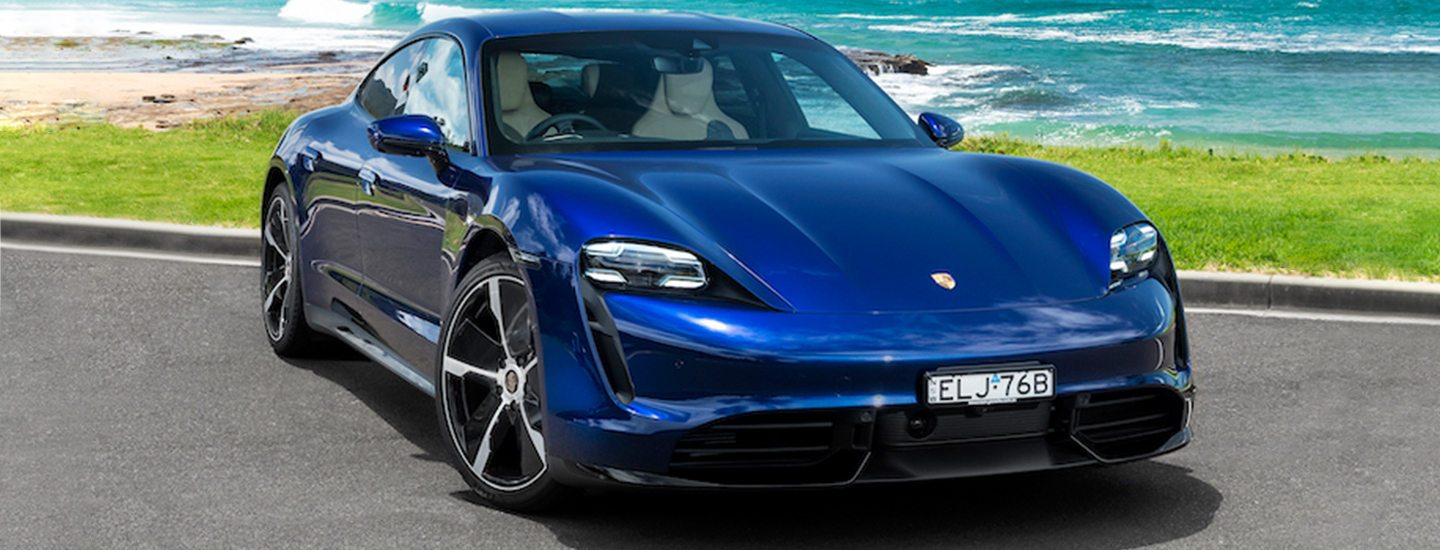
Technologies we take for granted today, such as airbags and adaptive cruise control, debuted in the Mercedes-Benz S-Class and other vehicles beyond the average person’s reach.
In this way, the 2022 Porsche Taycan is emblematic of the EVs we could all be driving in 10 or 15 years.
The 2022 Porsche Taycan range starts at $190,400 for the 4S and tops out at $338,500 for the Turbo S. Our test vehicle, the mid-range Taycan Turbo (a curious nameplate given there isn’t a turbocharger in sight), costs $268,500.
If cars at this price point can be said to have a ‘sweet spot’ the Turbo is it, with twin electric motors producing 500kW and 850Nm, and a 93.4kWh battery that can deliver a range of 420km.
Charging time is perhaps the tallest hurdle EVs must overcome if they are to be a mainstream technology. The Taycan is currently among a select group of EVs that runs an 800-volt system rather than a 400-volt one, meaning it can make full use of more powerful ultra-fast chargers.
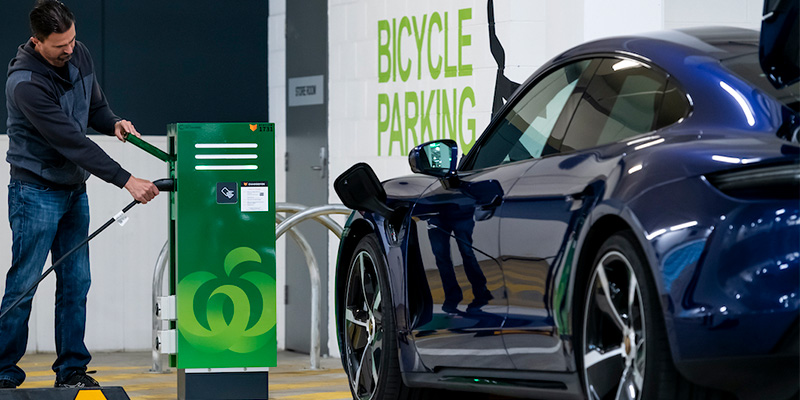
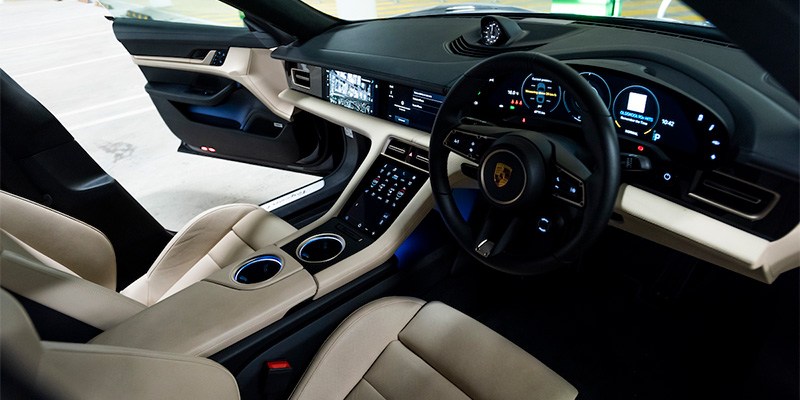
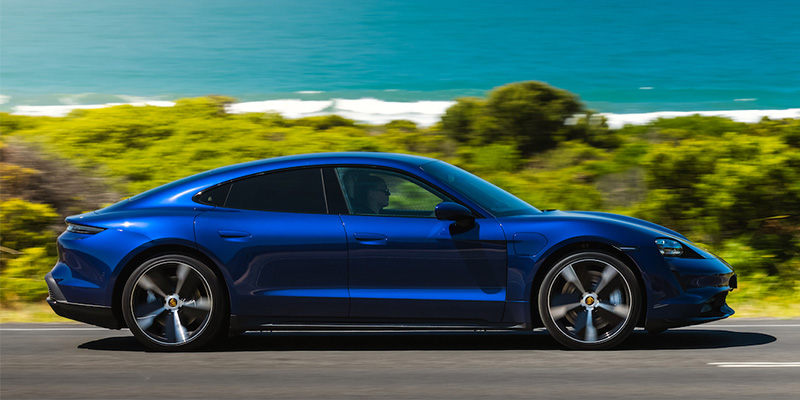
Porsche uses the analogy of forcing water through a pipe at a higher pressure – higher voltage allows electric current to go in and come out faster. The resulting benefits include a reduction in the size and weight of cabling, better performance and less charging time.
Plugged into an ultra-fast charger (up to 350kW compared to the standard 50kW at most current fast-charging sites), the Taycan can charge at up to 270kW. Porsche claims a figure as low as 22 minutes for a 5-to-80 per cent charge. Even when connected to a standard 400-volt fast charger, the Taycan uses an onboard DC converter to double the voltage and halve the current.
This increases the maximum charging capacity from 50kW to 150kW, slashing the 5-to-80 per cent charging time from 93 minutes to 36. When plugged into regular eight-amp wall current, the Taycan uses an onboard 11kW charger. This takes around nine hours to deliver an 80 per cent charge.
In Australia, Porsche has partnered with Chargefox, so Taycan owners can charge up free at any of its 50kW fast-charging sites. They also receive a complimentary three-year subscription to Chargefox’s 350kW ultra-fast chargers.
Unlike many cheaper EVs, the Taycan has dual charging ports, one on each side. Both can accept alternating current and the driver’s side can also be charged using direct current.
This means there will be a port on the correct side no matter how the driver approaches a kerbside charger (only reversing it up to a carpark charger would pose a problem as the charging ports are located in the front fenders). By contrast, the Mazda MX-30, for example, has only one socket on the driver’s side, which poses a problem with roadside chargers in right-hand drive markets.
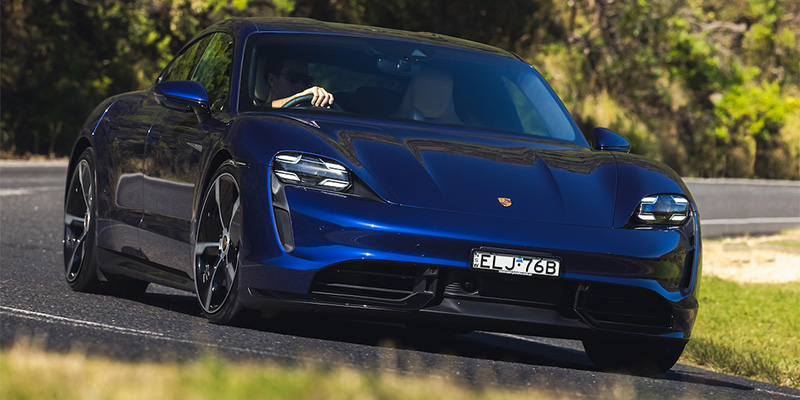
So why do most EVs have only one socket? Quite simply, each additional component adds to the price and most EVs are already around the $60,000 mark. But, as with any other technology, mass production will eventually push the cost down and likely make dual charging points on EVs standard.
The Taycan’s high-tech credentials don’t end at coils and kilowatts. Speed humps and carpark stops are often kryptonite to low-riding sports cars, yet the Taycan can raise its nose a couple of inches via hydraulics in the front suspension.
The onboard computer can even remember where the lifting was required (via GPS) and automatically raise the front each time the car approaches that spot. A couple of inches mightn’t sound like much, but it was the difference between the Taycan clearing the rolled gutters on my street and ripping off its chin spoiler.
The Taycan also includes a touchscreen above the glove box, allowing the passenger to control the infotainment and climate functions without interrupting the display on the centre console.
While a 22-minute recharge time is still a long way from the convenience of a five-minute petrol stop, it does demonstrate the continuing improvement of EV technology. Mass production will only accelerate this development – and if the Porsche Taycan is a taste of EVs to come, the future looks exciting indeed.
Aside from the powertrain, Porsche has integrated some interesting EV-specific design ideas into the Taycan. EV batteries are typically located beneath the floor. This provides a large surface area and low centre of gravity, but increases interior floor height.
In the Taycan, Porsche has included a recess (or ‘foot garage’) between the batteries to improve rear occupant comfort.
The Taycan also has a ‘slippery’ shape, with a drag co-efficient of just 0.22 (anything between 0.25 and 0.3 is considered good). This extends range as less power is required to push the car through the air. Another nod to the Taycan’s eco-friendly image is ‘leather’ upholstery that’s synthetic rather than from methane-producing cows.
Too often the EV conversation is about range and carbon dioxide molecules and not on performance.
Like other performance EVs, such as the Tesla Model S and Jaguar I-Pace, the Taycan has two motors, one on each axle, giving it double the power and effectively making it AWD.
Porsche’s real innovation, however, is a two-speed transmission on the rear axle – a shorter gear for rapid acceleration and a longer second gear that “ensures high efficiency and equally high power reserves”.
Digging deeper into the engineering, Porsche claims the ‘hairpin’ winding of the stator coils in the motors allows them to contain more copper and thereby increase power and torque output without increasing the size of the componentry itself.